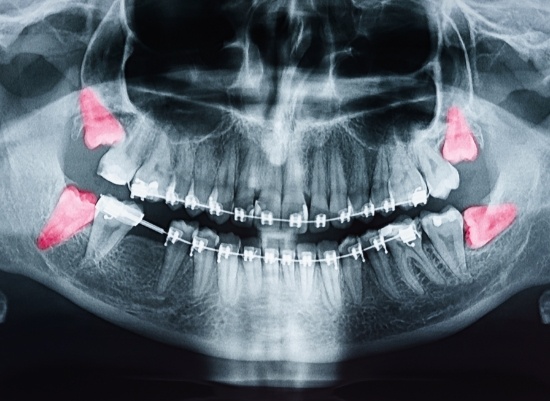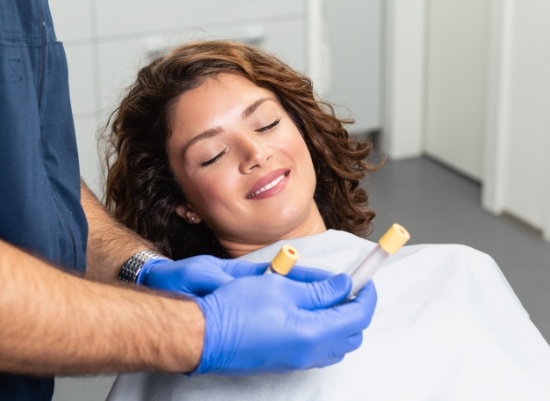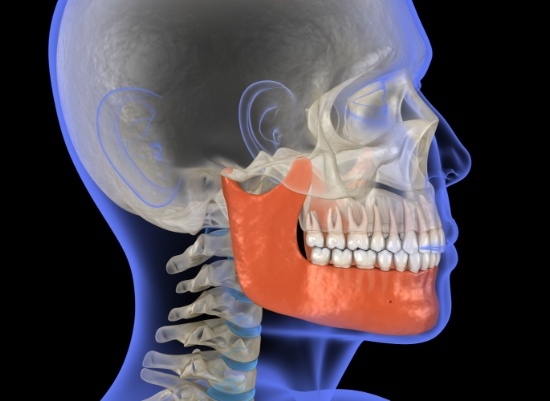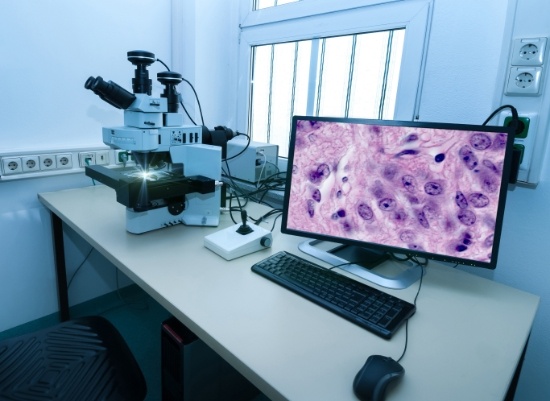Oral & Maxillofacial Surgery – Houston, TX
Quality, Comfortable Oral Surgeries
Our team at Sunrise Dental Center is highly skilled and experienced in oral and maxillofacial surgery. They have decades of experience beneath their belts and are dedicated to mastering and broadening their dental skills and techniques. Because of this, we’re able to offer a wide array of oral surgeries in-house, so we can be you and your family’s destination for all things dental. To learn about some of the options for oral and maxillofacial surgery in Houston, TX that we provide, read below, or feel free to contact our dental office directly to learn more.

Why Choose Sunrise Dental Center for Oral & Maxillofacial Surgery?
- Dental Sedation Available
- Dentists Dedicated to Continuing Education
- We Accept Dental Insurance
Wisdom Teeth

Wisdom teeth are the third and final set of molars that emerge, usually during your late teens to early twenties. For some people the wisdom teeth emerge through the gums and have enough room to grow naturally. For others, wisdom teeth often cause problems as they are trying to protrude through the gums. When a wisdom tooth is impacted, the tooth is coming in at an angle and not straight through the gum line. This can cause pain, the tooth can come in unevenly, or the tooth may only emerge partially.
Impacted wisdom teeth can cause structural damage to the jaw and other teeth. They can also provide a place for bacteria to gather since they are hard to reach and clean. These potential problems make it necessary to remove impacted wisdom teeth so that larger problems do not arise. Routine X-rays during a dental exam can reveal if you will need to have your wisdom teeth removed.
Platelet Rich Plasma (PRP)

Medical research has demonstrated that using our own blood cells accelerates healing and tissue regeneration in all forms of surgery. Specifically, platelets, plasma, and white blood cells are used for this procedure. The protein that is carried by the platelets is the magic ingredient that is being used in numerous private dental office settings for wound healing and various surgical procedures, including oral surgery.
We routinely use platelet rich plasma (PRP) in oral surgeries that involve hard and soft tissues, derived from the patient. The plasma proteins are collected in the dental office in a short procedure which only takes a few minutes. The use of PRPs in surgery ensures that the patient has the best opportunity to successfully heal from their surgery. For patients who have a history of complications arising from hard and soft tissue regenerations, PRP is instrumental in surgical success.
Orthognathic Surgery

Orthognathic surgery is typically performed by an oral and maxillofacial surgeon or a craniofacial surgeon, with an orthodontist assisting. The purpose of Orthognathic surgery is to ensure that the necessary structure exists in the mouth so that the orthodontic treatment will be successful. Orthognathic surgery usually involves the jaw bones, where modifications are done by cutting the bones of the mandible or maxilla and putting them back together properly aligned. The surgery is performed under general anesthetic and the teeth are wired together after surgery so the jaw can heal correctly. Usually, the incisions are made inside the mouth and not in the skin.
Facial Trauma

After a car accident or other facial trauma, you may require surgery to correct the damage. Oral and Maxillofacial surgeons are specially trained to perform all types of surgery that is needed after facial trauma. Facial trauma can be repaired in a local hospital or outpatient surgery center. Some of the types of facial trauma, which may require surgery, include facial lacerations, knocked-out teeth, broken or fractured cheek, nose, jaw, or eye socket.
Facial trauma causes a high degree of physical and emotional trauma to the patient. Correcting facial trauma requires special training and an in-depth understanding of the long-term functioning and appearance of the face. Oral and Maxillofacial surgeons take into consideration the patient’s prior appearance and any permanent damage that will affect the results.
Oral Pathology

Oral pathology is the specialty that identifies and treats diseases of the mouth and maxillofacial region. Diagnosis is completed through radiographic, microscopic, biochemical and other in-office examinations. Oral pathologists provide biopsy services for dentists and offer diagnoses based on their findings. Some of the diseases that oral pathologists diagnose include mouth and throat cancer, mumps, salivary gland disorders, ulcers, odontogenic infection, and others.
Sleep Apnea

Using oral surgery to help sleep apnea seeks to remove the excess tissue in the throat that is vibrating and blocking the upper air passages. One surgical procedure is an Uvulopalatopharyngoplasty (UPPP). This procedure involves removing the excess tissue from the upper mouth and throat. It’s performed in a hospital under general anesthesia.
Maxillomandibular advancement is another type of procedure used to assist with sleep apnea. In this procedure, the jaw is moved forward from the rest of the facial bones. This allows more room behind the soft palate, thereby reducing the obstruction.
Finally, a Tracheostomy is a last-ditch effort when other treatments have failed. This involves the surgeon inserting a tube in your throat so you can breathe. It is covered during the day, but opens at night while you sleep. All of the aforementioned surgeries are routine and very safe.

